Penis Disorder
In the medical field, a penis disorder is any condition that affects the structure or function of the penis. This can include physical abnormalities, psychological disorders, and sexually transmitted infections (STIs). Penis disorders include erectile dysfunction, Peyronie’s disease, priapism, and paraphimosis
The penis is the male external sex organ, and it is responsible for reproduction and urination. It is made up of three parts: the glans, the shaft, and the root. The glans is the sensitive tip of the penis, while the shaft is the main body of the penis. The root is the base of the penis, where it attaches to the body. Penile disorder can come in any form:
Erectile dysfunction (ED)
Erectile dysfunction is the inability to get or maintain an erection. ED is a very common condition, affecting about 30 million men in the United States alone. It can be caused by physical or psychological factors, or a combination of the two. Physical causes of ED can include conditions like heart disease, diabetes, high blood pressure, or nerve damage. Psychological causes can include anxiety, depression, and stress. ED can be treated with medication, therapy, and lifestyle changes.

Learn more about erectile dysfunction
Penile implants
A penile implant is a device that is surgically placed into the penis to help with erectile dysfunction. There are two main types of penile implants: inflatable implants and malleable implants. Inflatable implants can be inflated and deflated using a pump, while malleable implants are always in the erect position. Both types of implants can help men with erectile dysfunction to have a satisfying sex life.
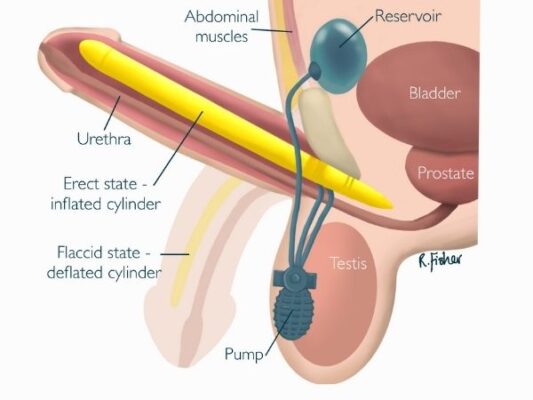
Peyronie’s disease
Peyronie’s disease is a condition that causes a hard, fibrous scar tissue, called plaque, to form on the penis. This can cause the penis to curve or bend during erection, and it can also cause pain and difficulty with intercourse.
The most common symptom of Peyronie’s disease is a curve or bend in the penis when it’s erect. Other symptoms can include pain, reduced length, reduced girth, erectile dysfunction, and problems with sexual intercourse. Peyronie’s disease is thought to be caused by an injury to the penis, but the exact cause is not known.
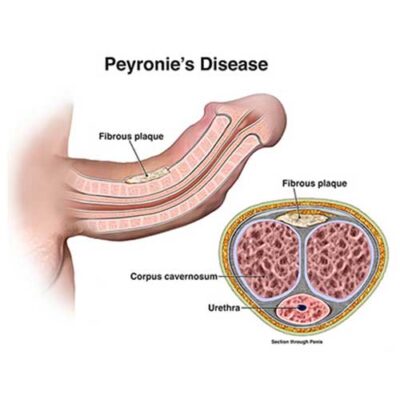
Treatment for Peyronie’s disease can include medication, surgery, and injections.
It’s important to remember that not all penile curves or bends are a sign of Peyronie’s disease. Some men have a naturally curved penis, and this is not usually a cause for concern. Only a doctor can tell you if you have Peyronie’s disease or a naturally curved penis.
Peyronie’s disease is not usually serious, but it can be very distressing for men. Treatment options include medications, injections, and surgery.
Priapism
Priapism is a medical emergency that occurs when an erection lasts for four hours or more. It is caused by a problem with the blood flow in the penis, and it can cause permanent damage if not treated quickly. Priapism can be treated with medication, surgery, or aspiration (removing blood from the penis).
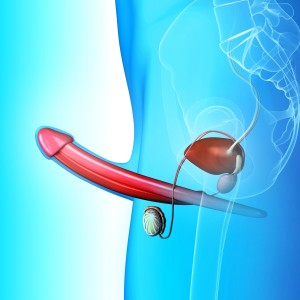
Paraphimosis
Paraphimosis is a condition where the foreskin becomes trapped behind the glans and cannot be returned to its normal position. This can cut off blood flow to the penis, and it can cause serious complications.
It is usually caused by inflammation, swelling, or a tight foreskin. In addition to causing pain, paraphimosis can also cause the head of the penis to become swollen and discolored. This is called balanitis, and it is a common complication of paraphimosis. If left untreated, paraphimosis can lead to serious problems like gangrene (tissue death) and penile amputation. In most cases, prompt treatment can prevent these complications.
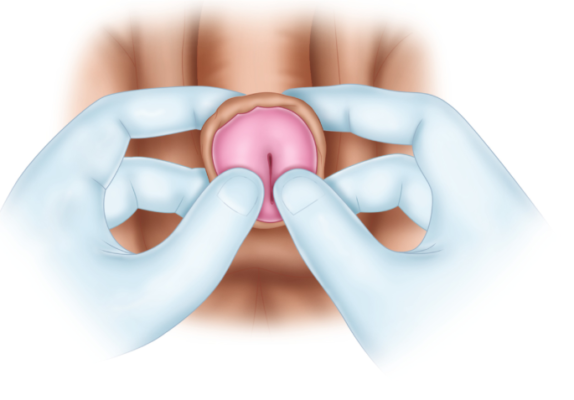
Treatment for paraphimosis usually involves applying a numbing gel to the penis and then gently pulling the foreskin back over the glans. In severe cases, surgery may be necessary.
Phimosis
Phimosis is a condition where the foreskin is too tight to be pulled back over the glans. It can cause pain and difficulty with urination and intercourse. Treatment for phimosis can include stretching exercises, steroid creams, or circumcision.
Penile cancer
Penile cancer is a rare type of cancer that forms in the tissue of the penis. The exact cause of penile cancer is not known, but it is thought to be related to a combination of genetic and environmental factors. Risk factors for penile cancer include smoking, a history of STIs, and having a phimosis. Penile cancer usually starts as a small, painless growth on the penis. If it is not caught early, it can spread to other parts of the body, making it more difficult to treat.
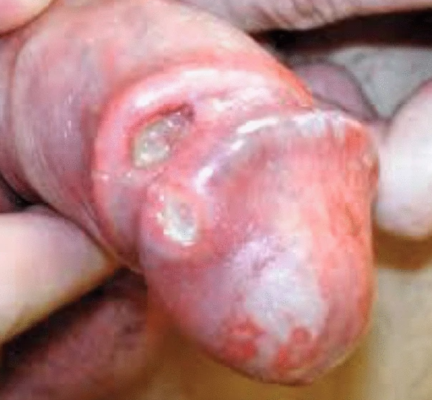
There are several treatment options for penile cancer, depending on the stage of the cancer and the patient’s overall health. Treatment options include surgery, radiation therapy, and chemotherapy. In some cases, a combination of these treatments may be used. Early diagnosis and treatment is important for the best chance of a cure. If the cancer has spread, it may be difficult to cure, but treatment can still help to control the disease and relieve symptoms.
Want to get rid of STD or UTI? Check out terminator
Signs and symptoms of penile cancer
The most common sign of penile cancer is a growth or sore on the penis that doesn’t heal. Other signs include changes in the skin of the penis, such as thickening, redness, and swelling. It’s important to note that these symptoms can also be caused by other conditions, so it’s always best to see a doctor for an accurate diagnosis. In addition to the physical symptoms, some men may experience urinary symptoms, such as blood in the urine or difficulty urinating.
Balanitis
Balanitis is a condition that causes the glans of the penis to become inflamed. It is more common in men who are not circumcised, but it can also occur in circumcised men. The most common cause of balanitis is poor hygiene, which can lead to a buildup of bacteria on the penis. Other causes include fungal infections, allergies, and sexually transmitted infections. Treatment for balanitis depends on the cause, but it usually involves keeping the area clean and dry and using antibiotics or antifungal medications.
Penile fracture
A penile fracture is a serious injury that can occur during sexual activity. It happens when the erect penis is bent too far, which can cause a tear in the tissue of the penis. This can be a very painful injury and can lead to permanent damage if not treated promptly. The most common symptoms of a penile fracture are a popping sound, pain, swelling, and blood in the urine. If you experience any of these symptoms, it’s important to seek medical attention immediately. A penile fracture is a medical emergency, and it can lead to complications if not treated right away.
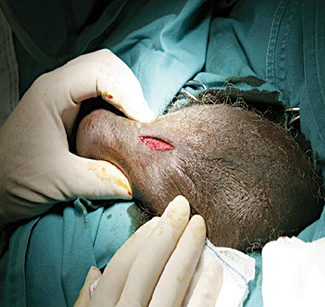
Penile fracture is a completely different condition from penile cancer. Penile cancer is a type of cancer that starts in the cells of the penis. It’s a rare form of cancer, and it’s most often diagnosed in men over the age of 60. The most common symptom of penile cancer is a change in the appearance of the penis, such as a growth or sore that won’t heal. Other symptoms can include pain, bleeding, and discharge. Penile cancer is a very different condition from penile fracture, and it requires different treatment.
Some ways to prevent penile disorders
One of the most important things you can do is to practice good hygiene. This includes washing the penis daily with warm water and mild soap, and drying it thoroughly afterward. You should also avoid using any harsh chemicals or perfumes in the area.
Another important way to prevent penile disorders is to avoid tight-fitting clothing and synthetic fabrics, which can trap moisture and bacteria.
Do you want to give your genitals the best treat? Check out alpha male
Your Wellness Is Our Concern At Fekomi Wellness
Our caring team of Fekomi wellness experts can help you with your health concerns. Visit Fekomi Wellness for men’s health to get started. Kindly call our desk line on +2349074197154 for more enquiries.
